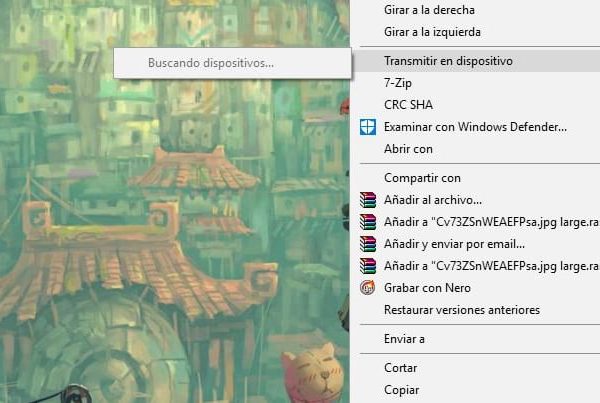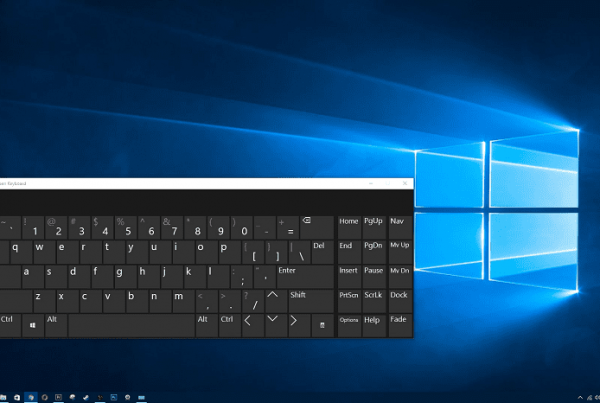Fix Can't adjust screen brightness in Windows 10: If you have recently upgraded to Windows 10, it is feasible that you are facing this annoying problem where can't adjust screen brightnessIn short, the screen brightness setting stopped working. If you try to adjust the brightness with the Windows setup applications, you will not be able to change anything, since dragging the brightness level up or down will do nothing. Now if you try to adjust the brightness using the brightness keys in the keyword then it would show the brightness level going up and down, but nothing would actually happen.
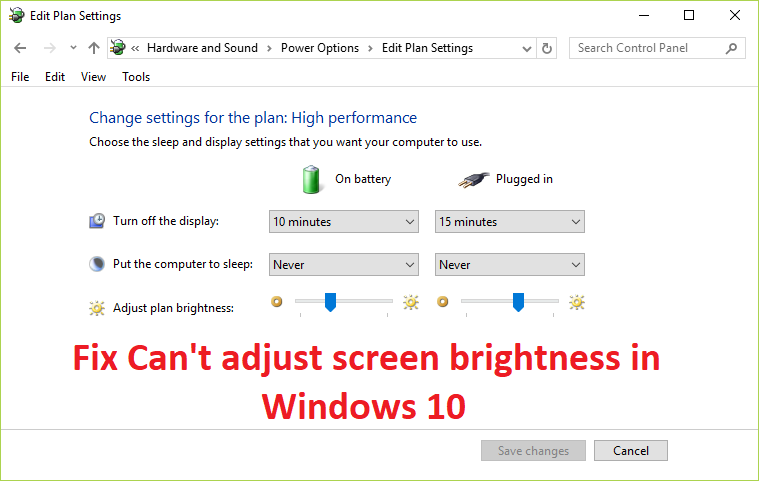
Why can't I adjust the screen brightness in Windows 10?
If you have enabled automatic battery management, if the battery starts to run out, the brightness will automatically change to the dimmer setting. And you won't be able to adjust the brightness again until you change the battery management settings or charge your laptop. But the problem can be a number of different things, for example bad drivers, incorrect battery settings, ATI erroretc.
This is a fairly common hurdle that many Windows 10 users are facing right now. This problem can also be caused by a corrupt or incompatible display driver and luckily this problem can be easily fixed. So, without giving up any more time, let's see how truly Fix unable to adjust screen brightness in Windows 10 with the help of the steps listed below.
Fix cannot adjust screen brightness in Windows 10
Make sure to create a restore point in case something goes wrong.
Method 1: update the display adapter drivers
1. Press Windows key + R and then type devmgmt.msc and press Enter to open Device administrator.
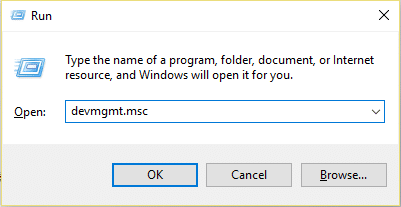
2. Expand Display adapters and then right click on the integrated graphics card and select Update driver.
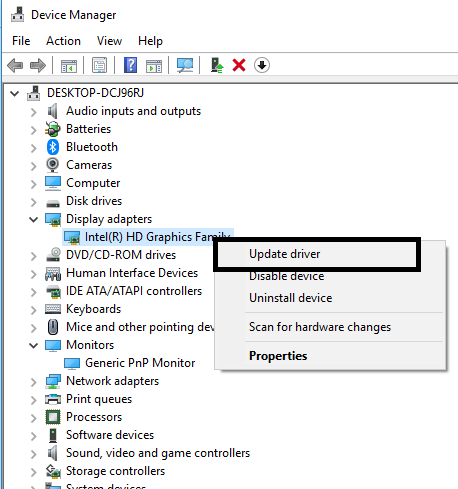
Note: The integrated graphics card would be something like Intel HD Graphics 4000.
3. Then click Busque de forma automática el software del controlador actualizado and let it install the driver automatically.
Note: Make sure you have a good internet connection so that Windows will automatically download the latest drivers.
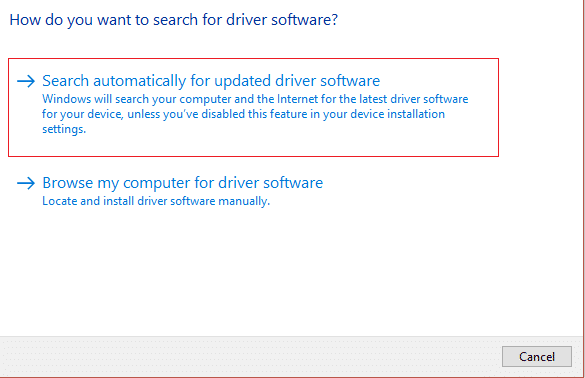
4. Restart your computer and see if the problem is solved or not.
5. If not, choose again Update driver and this time click Search my computer for driver software.
6. Then click Let me select from a list of drivers available on my computer option at the bottom.
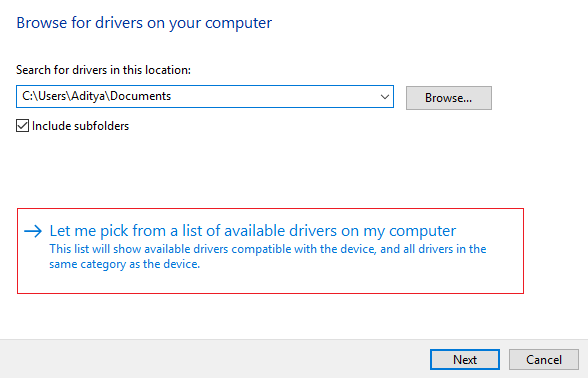
7. Now check mark «To show hardware compatible”Later, from the list, select Microsoft Basic Display Adapter and click Next.

8. Let it install the basic Microsoft display driver and restart your computer to save the changes.
Method 2: adjust the brightness from the graphics settings
1. Right-click on an empty area of the desktop and then select Intel Graphics Settings.
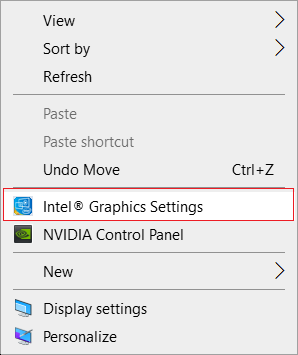
2. Now click Monitor from the Intel HD Graphics Control Panel.
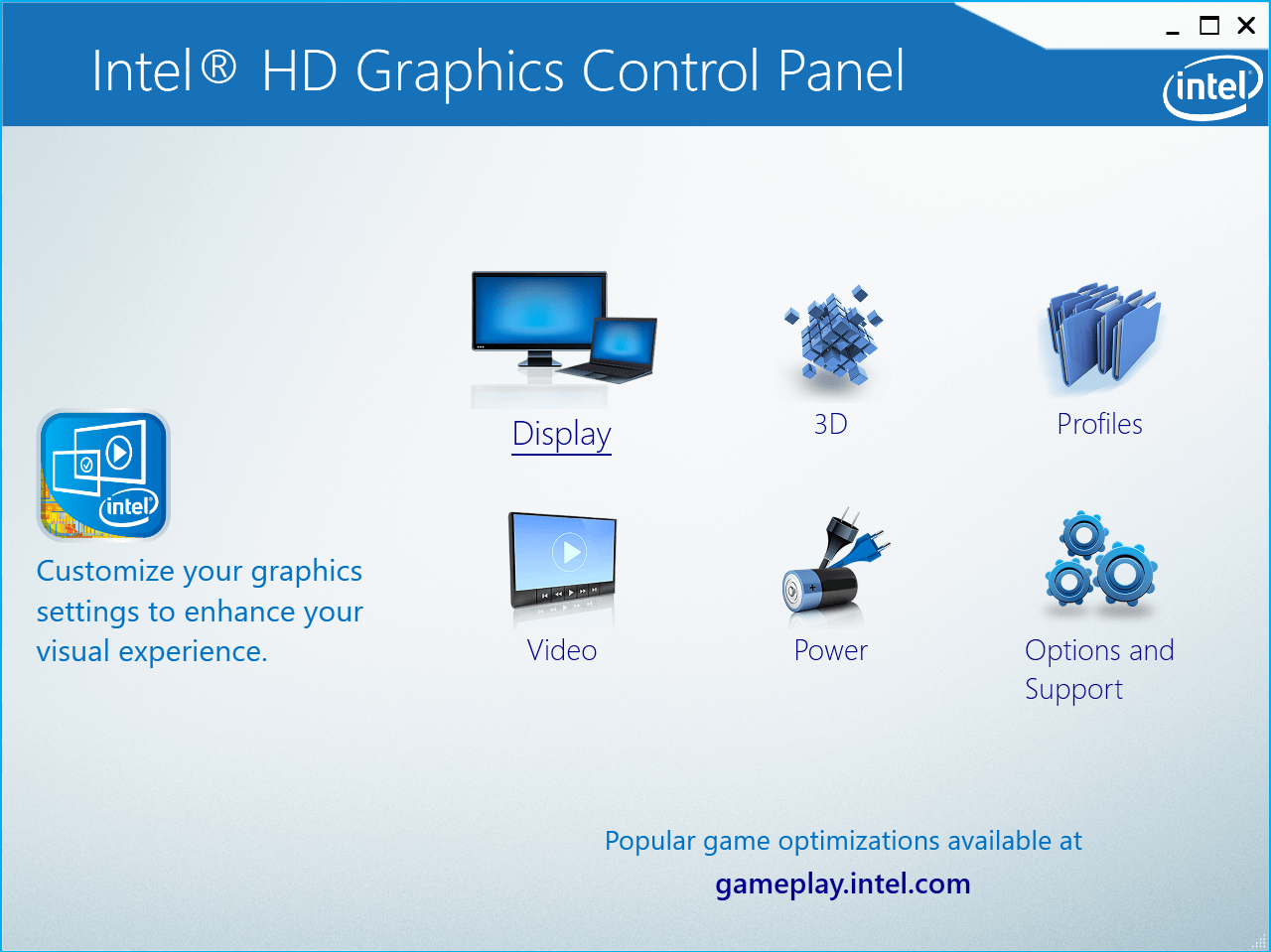
3. In the menu on the left, select Color settings.
4. Adjust the Brightness slider to your liking and, once done, click Apply.
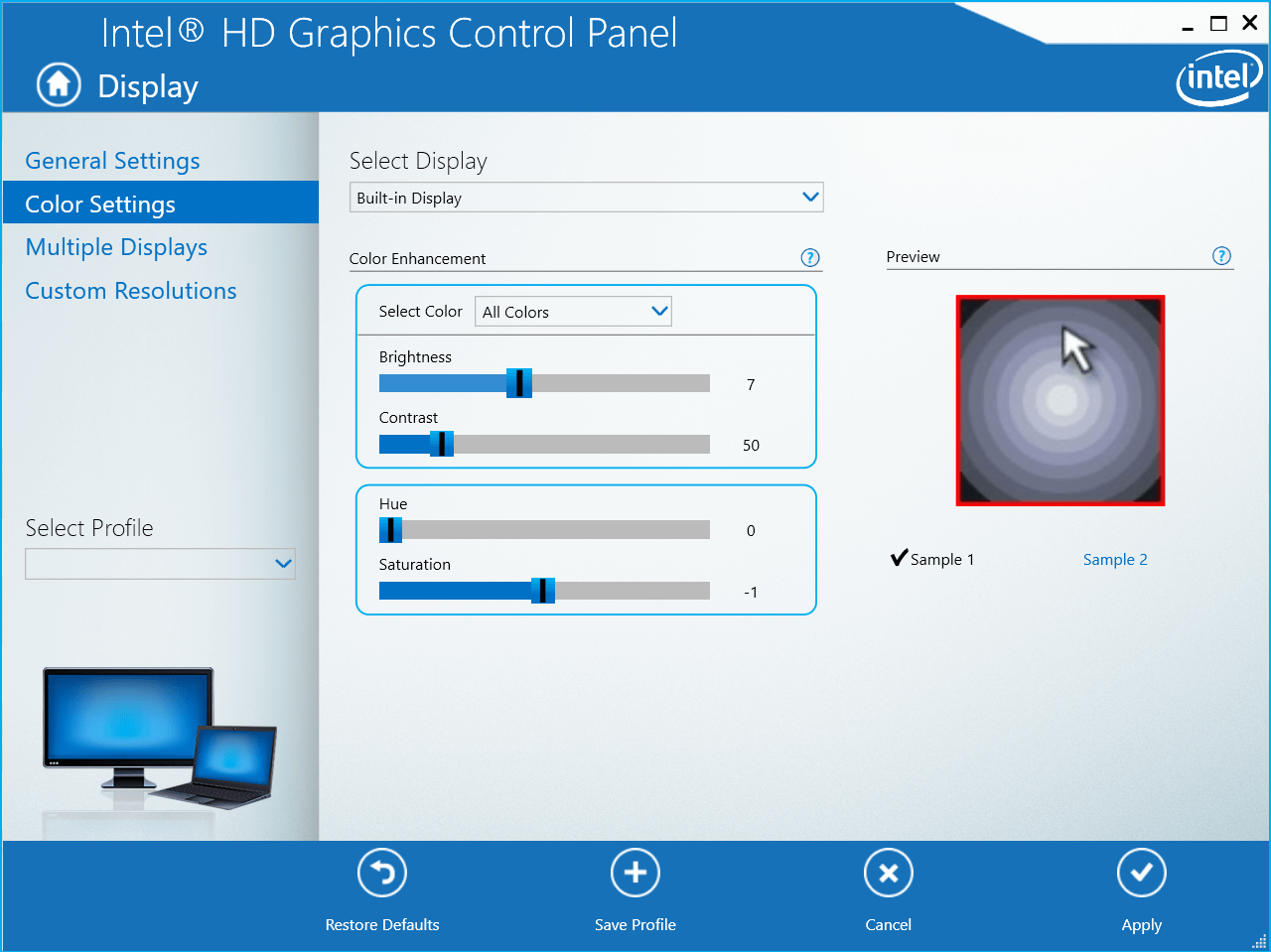
Method 3: Adjust screen brightness using Power Options
1. Right-click on the Power icon on the taskbar and select Power options.
![]()
2. Now click Change plan settings next to the currently active power plan.
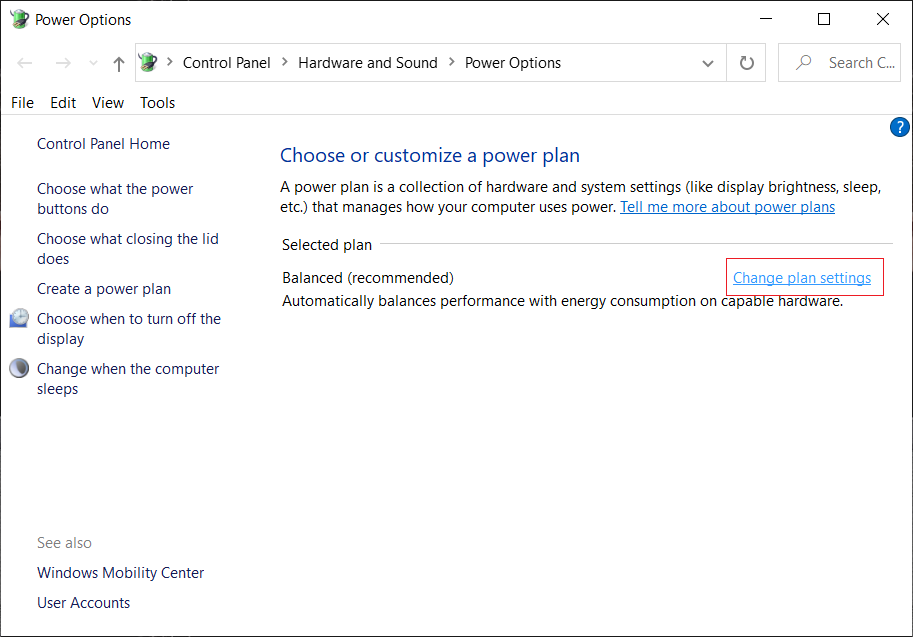
3. Click Change advanced power settings in the background.
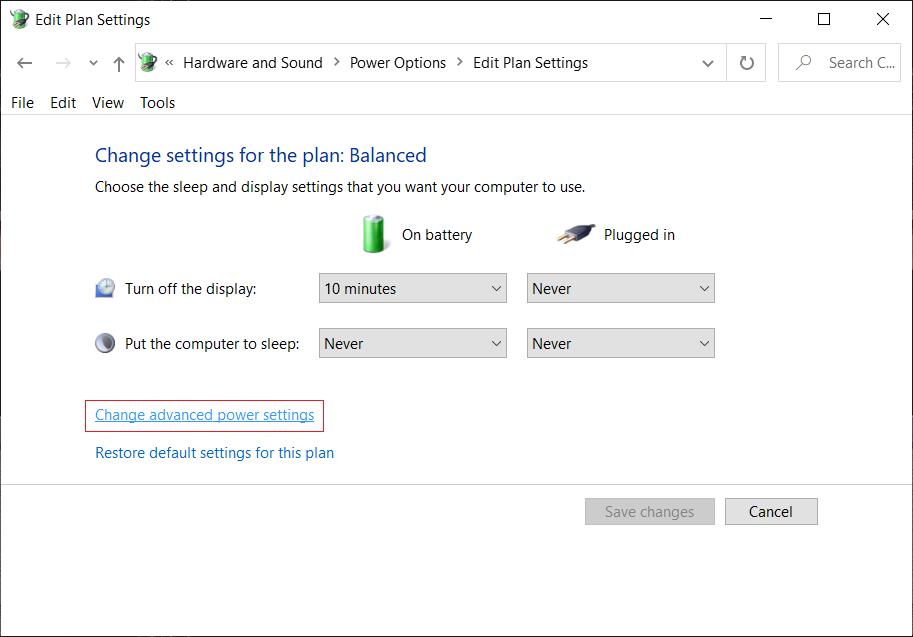
4. In the Advanced Settings window, find and expand Monitor.
5. Now locate and click on each of the following to expand their respective settings:
Brightness of the screen
Screen brightness dim
Enable adaptive brightness
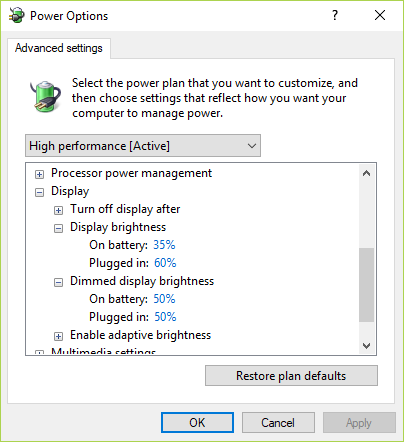
5. Change each of these to the settings you want, but be sure to "Enable adaptive brightness" is switched off.
6. Once done, click Apply followed by OK.
7. Restart your computer to save the changes.
Method 4: enable generic PnP monitor
1. Press Windows key + R and then type devmgmt.msc and click Have Access to open Device Manager.

2. Expand Monitors and then right click on Generic PnP monitor and select Let.
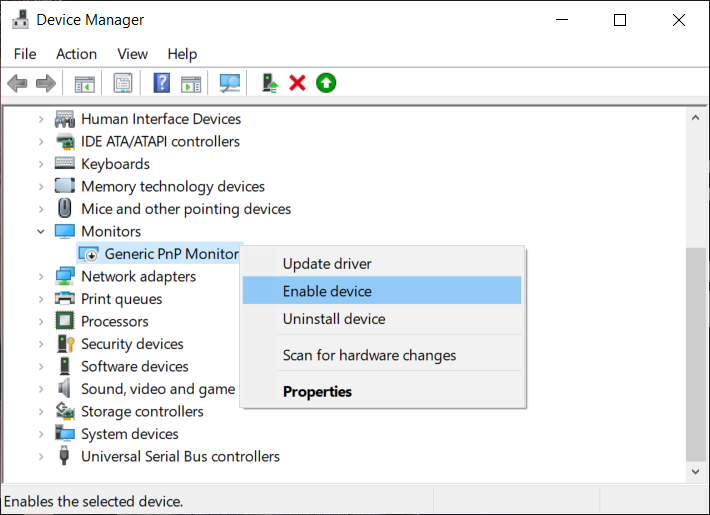
3. Restart your computer to save the changes and see if you can The answer cannot adjust screen brightness in Windows 10 problem.
Method 5: Update the generic PnP monitor driver
1. Press Windows key + R and then type devmgmt.msc and press Enter.

2. Expand Monitors and then right click on Generic PnP monitor and select Update driver.
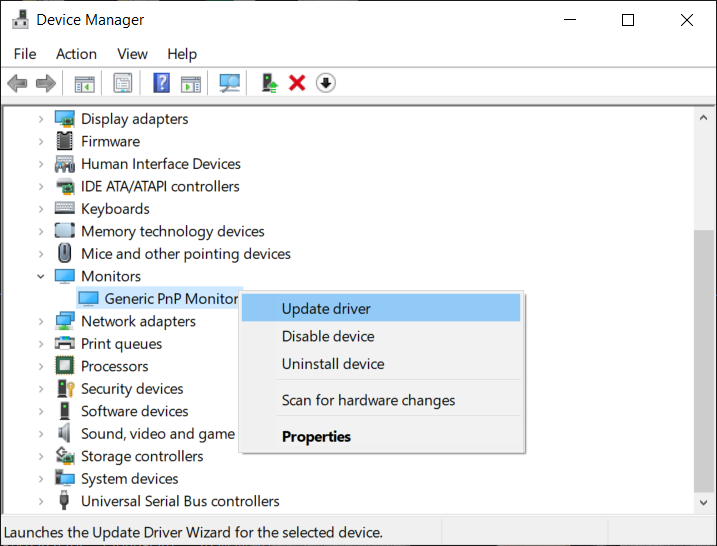
3. select Search my computer for driver software.
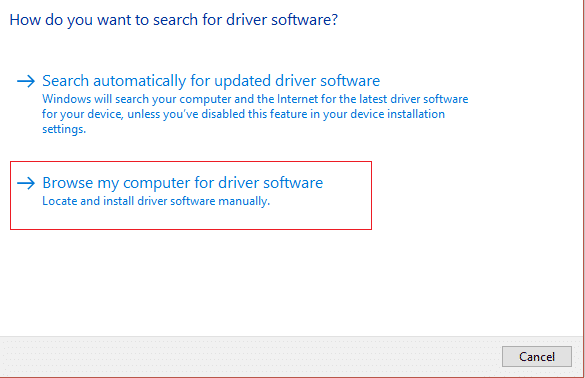
4. Then click Let me select from a list of drivers available on my computer option at the bottom.

5. Now select Generic PnP monitor and click Next.

6. Restart your computer to save the changes and see if you can Fix cannot adjust screen brightness in Windows 10 problem.
Method 6: update the graphics card driver
If the Nvidia graphics drivers are corrupted, out of date, or incompatible, you will not be able to adjust the screen brightness in Windows 10. When you update Windows or install a third-party application, you may corrupt the video drivers on your system. To fix this problem, you need to update your graphics card drivers to resolve the underlying cause. If you have any of these problems, you can easily update your graphics card drivers with the help of this guide.
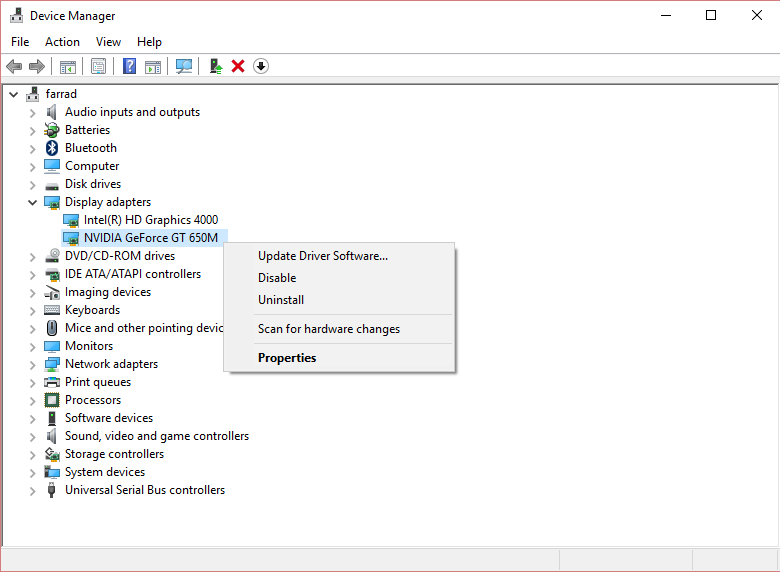
Method 7: remove hidden devices on PnP monitors
1. Press Windows key + R and then type devmgmt.msc and press Enter.
2. Now, in the Device Manager menu, click View> Show Hidden Devices.
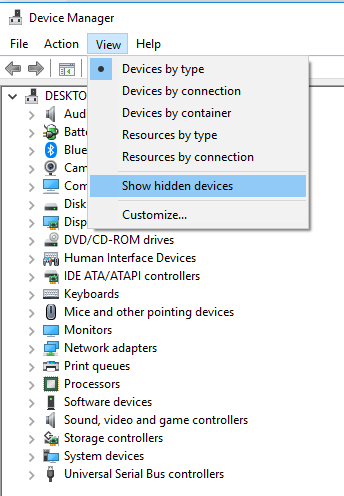
3. Right-click on each of the hidden devices listed under Monitors and select Uninstall Device.
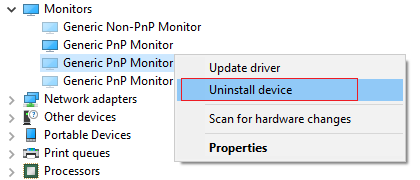
4. Restart your computer to save the changes and see if you can adjust screen brightness in Windows 10.
Method 8: Registry Fix
Note: This method is only for users who have an ATI graphics card and have Catalyst installed.
1. Press Windows key + R and then type regedit and hit Enter to open the Registry Editor.
(*10*)
2. Navigate to the following registry key:
HKEY_LOCAL_MACHINE SYSTEM ControlSet001 ControlClass {4d36e968-e325-11ce-bfc1-08002be10318} 0000
3. Now double click on the following registry keys and determine its value at 0 then click OK:
MD_EnableBrightnesslf2
KMD_EnableBrightnessInterface2
4. Next, navigate to the following key:
HKEY_LOCAL_MACHINE SYSTEM CurrentControlSet Control Class {4d36e968-e325-11ce-bfc1-08002be10318} 0001
5. Again, double-click on MD_EnableBrightnesslf2 and KMD_EnableBrightnessInterface2 and then set their values to 0.
6. Close everything and restart your computer to save the changes.
.
Hope the above steps were helpful and you were able to Fix Can't adjust screen brightness in Windows 10 but if you still have any doubts regarding this post, feel free to ask them in the comment section.


